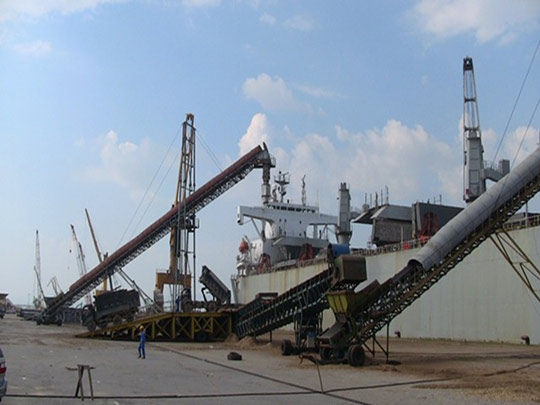OUR WOOD PELLETS PRODUCTION PROCESS
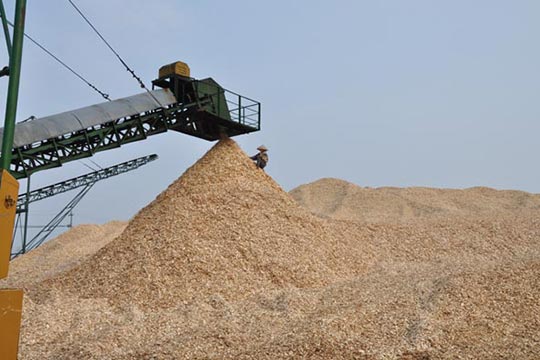
With our factories we can produce 300,000 tons per year of wood pellets, and our future extension will allow us to reach 500,000 tons per year.
MANUFACTURE PROCESS from raw wood to pellets
Our wood chip production process meets export standards for the most demanding markets, such as Japan or Korea.
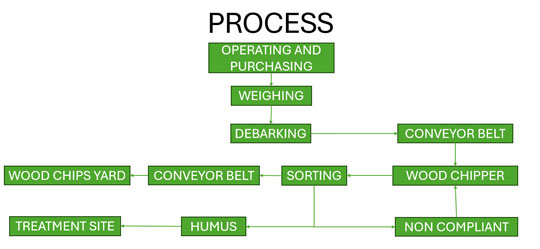
1. RAW WOOD COLLECTION:
Raw wood is collected from 3 main sources: exploitation of the company's planted forests, purchase of planted forests from forestry companies and purchases from households.
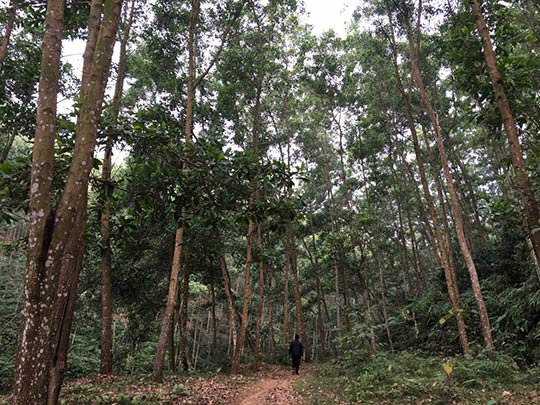
- Exploitation of the company's planted forests: We obtain raw materials from our company's naturally planted forests. After harvesting, the wood is graded and wood with a circumference ≥ 30 cm is sold to pallet wood production units. Wood with a circumference < 30 cm is transported by truck to the company's plant.
- Purchase from forestry companies: All are FSC certified
- Purchase of wood raw materials from households: Acacia forests planted by local farmers
2. WEIGHING AND DEBARKING:
Raw wood is weighed out using an electronic scale, then transferred to the debarking machine.
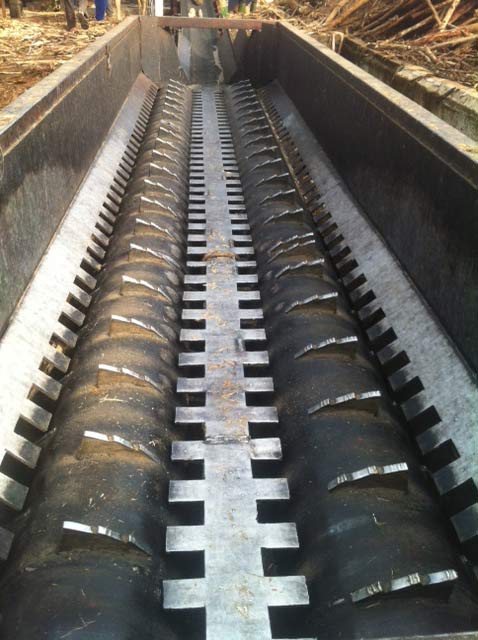
After peeling the bark from the raw timber, the conveyor belt takes the trunks to the chipper. Here, the raw wood trees are processed into chips and shavings, then fed by a conveyor belt to the chip screen.

3. SCREENING TO SELECT AND SORT WOOD CHIPS
Wood chips of the right size that meet the requirements will be transferred to the chip storage yard by the conveyor system.
Chips that are the wrong size will return to the chipper to be reprocessed to standard size, and when they meet requirements, they will be transferred to the chip yard.
Waste humus will be sent to the disposal site
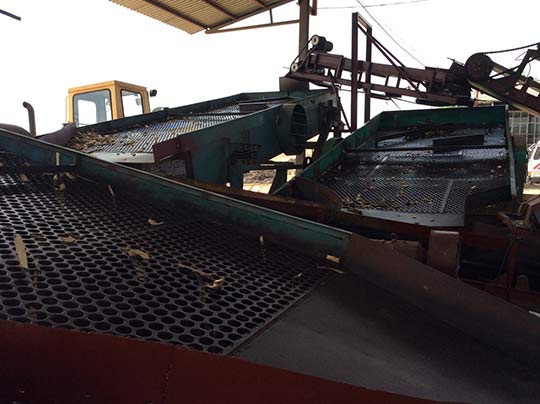
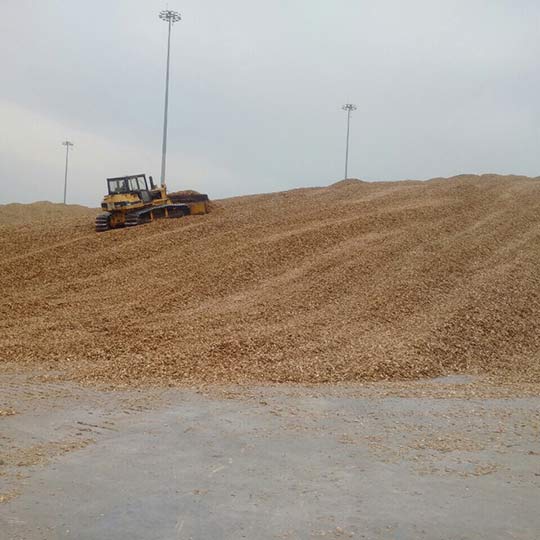
After that, wood chips will be exported as is (e.g.: for paper factories) or will be sent to the wood pellets process to be transformed.
4. DRYING PROCESS
In wood pellets production, the moisture content of raw materials has a significant impact on the quality of the finished product.
The ideal moisture content of raw materials for pellets production is around 6 or 10%.
Typically, sawdust extracted from fresh wood and trees via a grinder will have a high moisture content of 18-35%. Therefore, the next step is to create the appropriate moisture for the sawdust by placing it on the conveyor belt in the drying system.
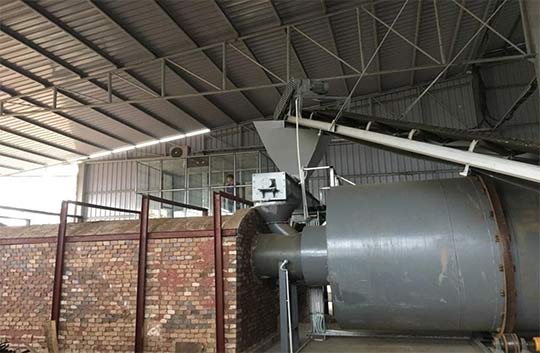
If the sawdust has too much humidity, it will cause mold and will not create the desired wood pellets.
5. WOOD PELLETS MANUFACTURING
After passing through the drying system, the sawdust reaches the appropriate moisture level and is placed on the conveyor belt and brought to the pellets mills to be compressed and transformed into pellets.
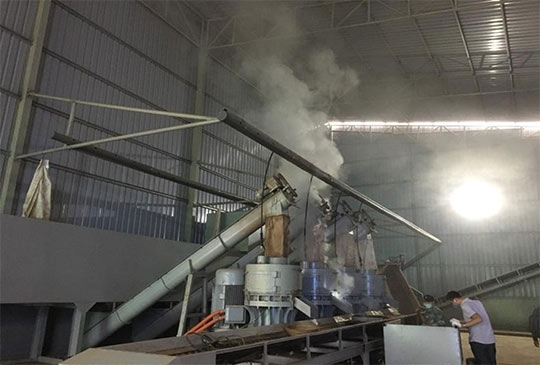
Once the pellets mills have shaped the sawdust into pellets ready to be used, pellets are loaded on a conveyor belt to be loaded according to your request (bulk, jumbos or retail bags).
6. WOOD PELLETS EXPORTATION
The wood pellets are then loaded on barges or trucks to be transported to Hai Phong's port (the biggest export port in North Vietnam), and loaded onto a carrier ship to be exported to the port of your choice.
Loading capacity:
10.000-ton vessel: 3.000tons/day
20.000-ton vessel: 5.000tons/day

